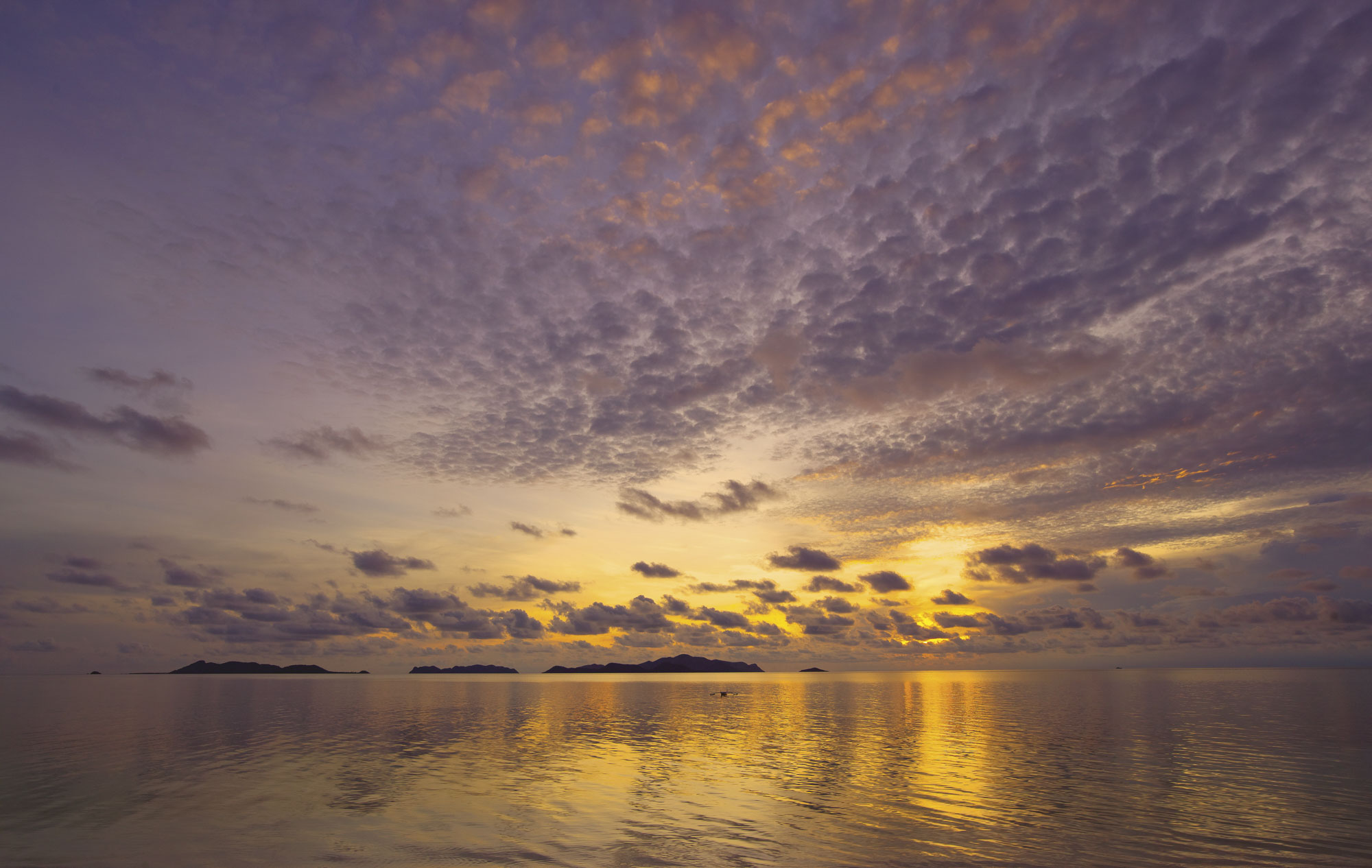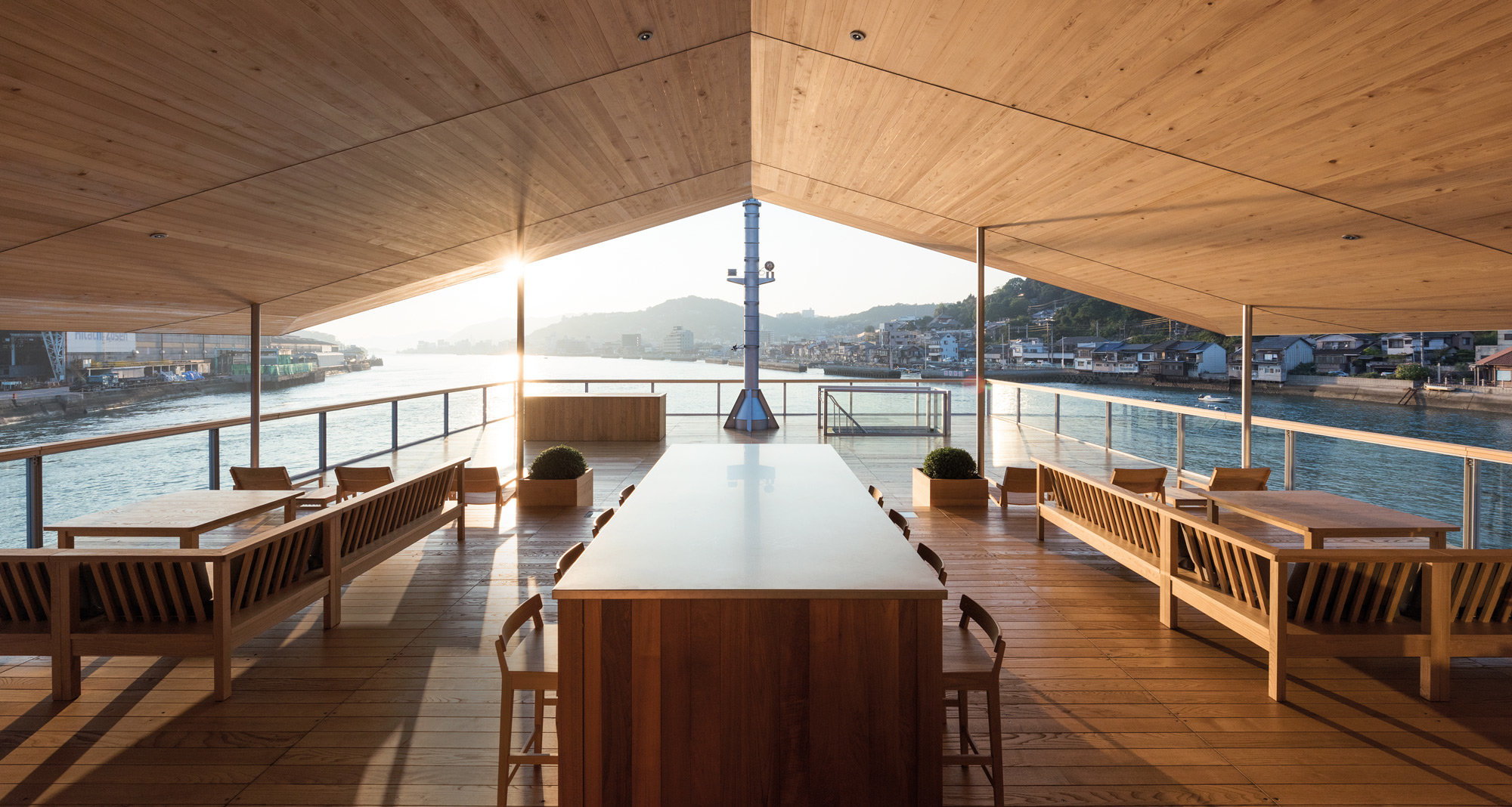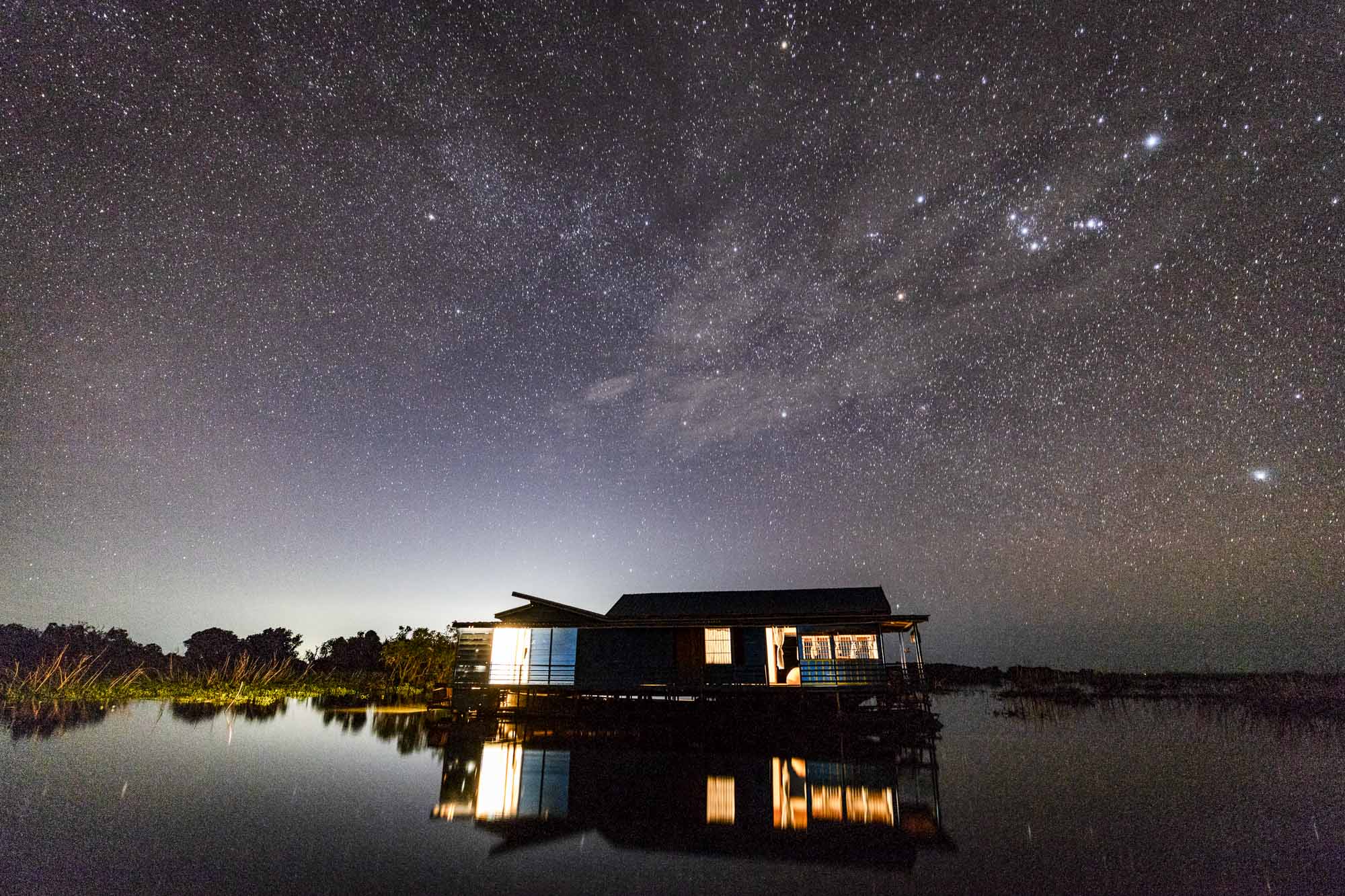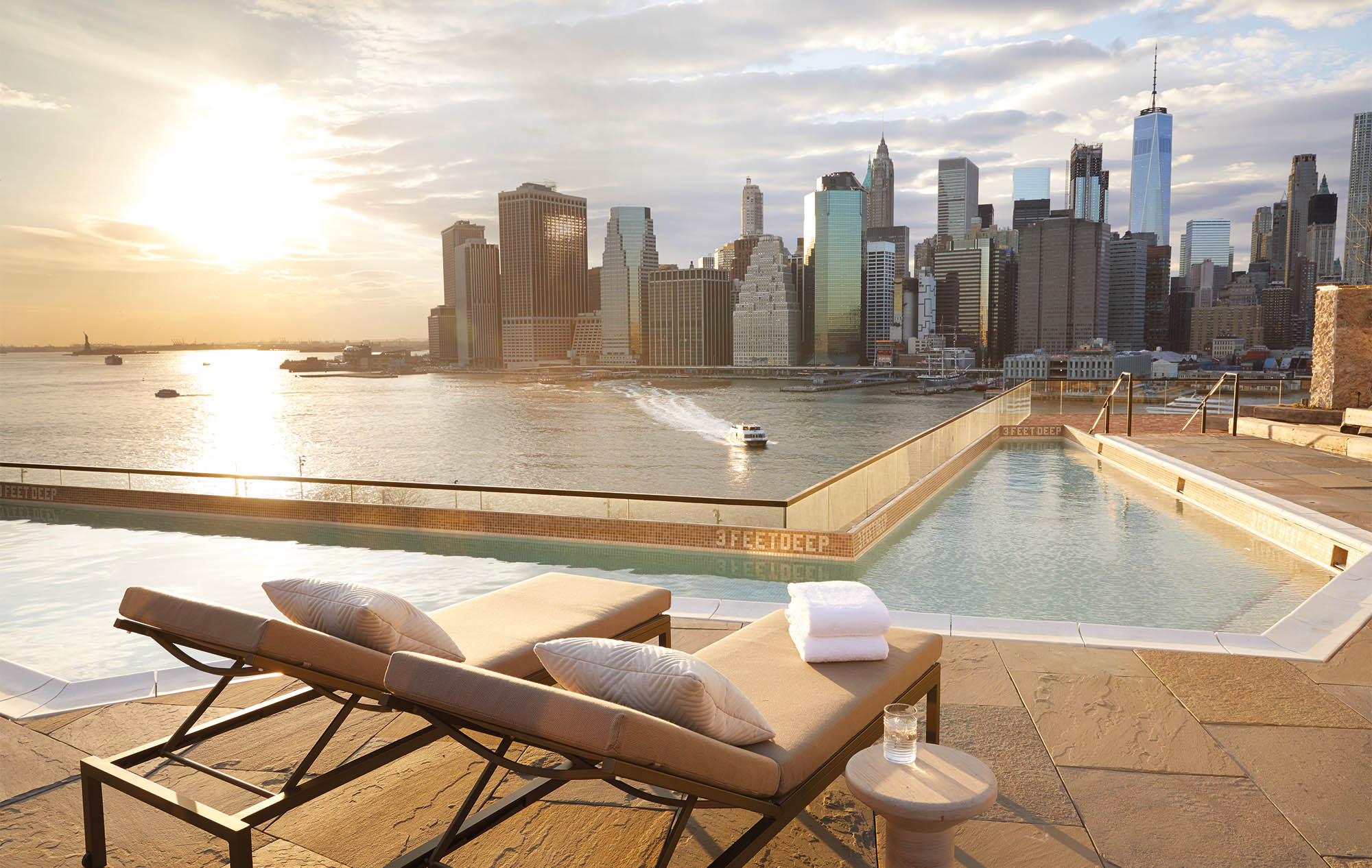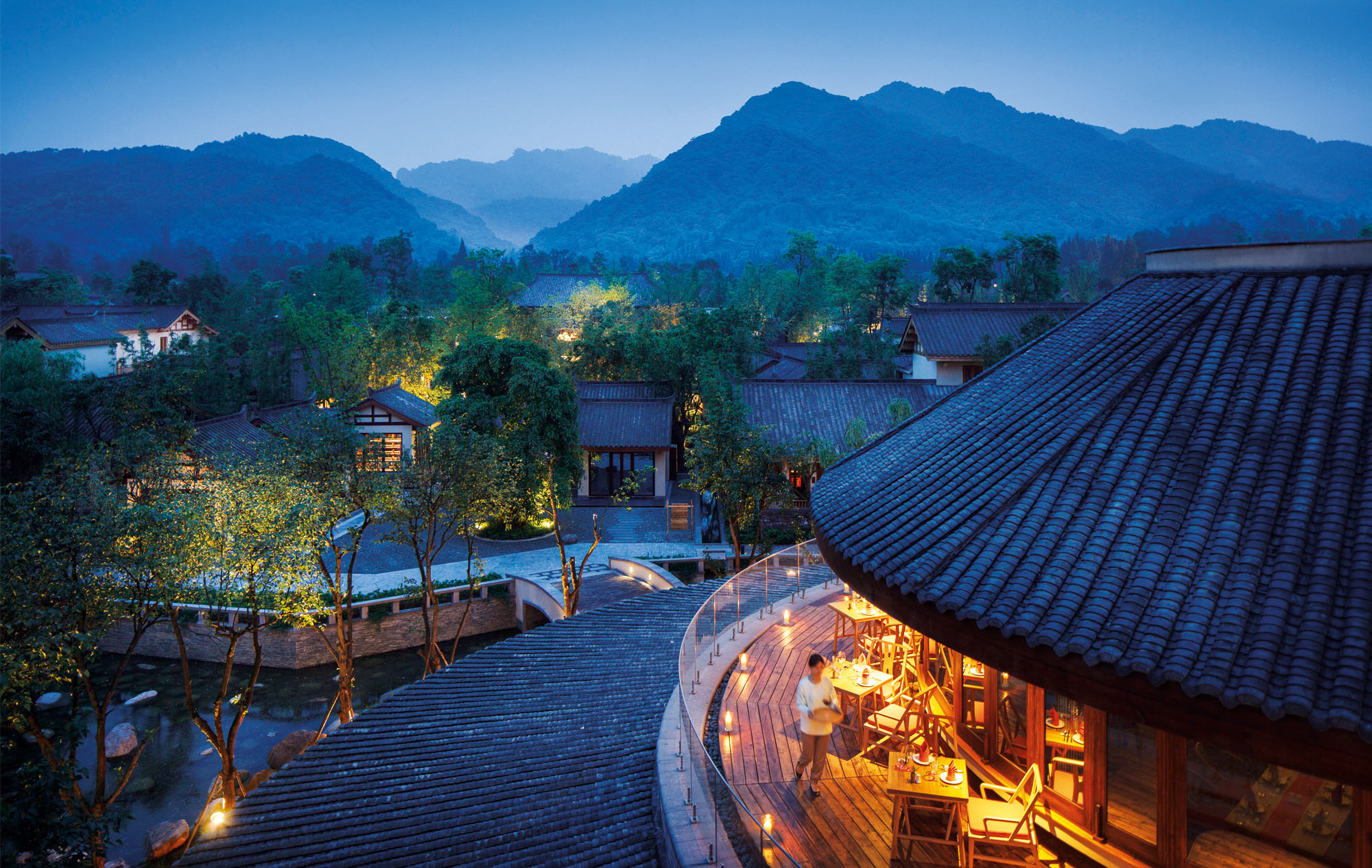Pick a picturesque stretch of coastline anywhere in Asia today and chances are you’ll find at least one luxury resort nearby. Thirty years ago, however, the landscape was very different – both literally and figuratively.
While upmarket beach hotels certainly existed earlier, it wasn’t until the late 1980s and early ’90s that a new breed of exclusive destination resorts began to raise the bar for luxury travel in Asia. The opening of the first Aman resort, Amanpuri, in Phuket in 1988 proved to be a watershed for the industry, and such was its popularity that the owners built four more resorts in Asia – three in Bali and one in the Philippines – over the next five years. The first Banyan Tree resort, meanwhile, opened in Phuket in 1994, and the first Six Senses opened in the Maldives the following year as the trend began to snowball across Asia. The influence wasn’t just regional: this new Asian luxury sensibility would soon become a global template for the modern resort.

Regardless of location, two things that united this new generation of refined Asian boltholes were a spectacular setting and elegant design – and both were in abundance at The Datai Langkawi when it opened its doors in 1993. It was built amid 500 hectares of lush rainforest on the edge of a pristine white sand beach in the northwestern corner of the island of Langkawi, in northern Malaysia. Designed by acclaimed Australian architect Kerry Hill, it was conceived to offer first-class accommodation and hospitality while causing minimal disruption to the surrounding environment, allowing guests to enjoy all the trappings of a five-star hotel while mingling with the abundant local wildlife. It was, in many ways, ahead of its time, providing a blueprint for low-impact tourism that has now become commonplace.
Fast-forward a quarter of a century and The Datai remains a unique property, even given the subsequent openings of luxurious resorts on the island by the likes of Four Seasons and St Regis. But while the verdant landscape and abundance of natural wonders have lost none of their power to amaze, the resort itself is starting to show its age; 24 years of baking sunshine and monsoon rains have taken their toll on its wooden structures, while advancements in technology have left the once-cutting-edge room controls and electronic amenities looking a little quaint.

Consequently, the resort’s management has taken the bold step of closing down for 10 months from 4 September this year to carry out an extensive refresh of the entire property, both inside and out. For general manager Arnaud Girodon, the overhaul is essential if the resort is to keep pace with its latter-day peers. ‘[We are] undergoing this restoration project in order to maintain our high standards in terms of infrastructure and to remain a top resort destination for the future,’ he says, adding that the renovations will limit building to a minimum and stay true to The Datai’s original spirit.
To do this, The Datai has engaged French interior designer and architect Didier Lefort, who helped shape the fledgling resort in the early ’90s. ‘The link between two generations of design is maybe the most delicate and difficult task,’ says Lefort of the current project. ‘The combination of existing and new elements should match as if they are of the same family.’
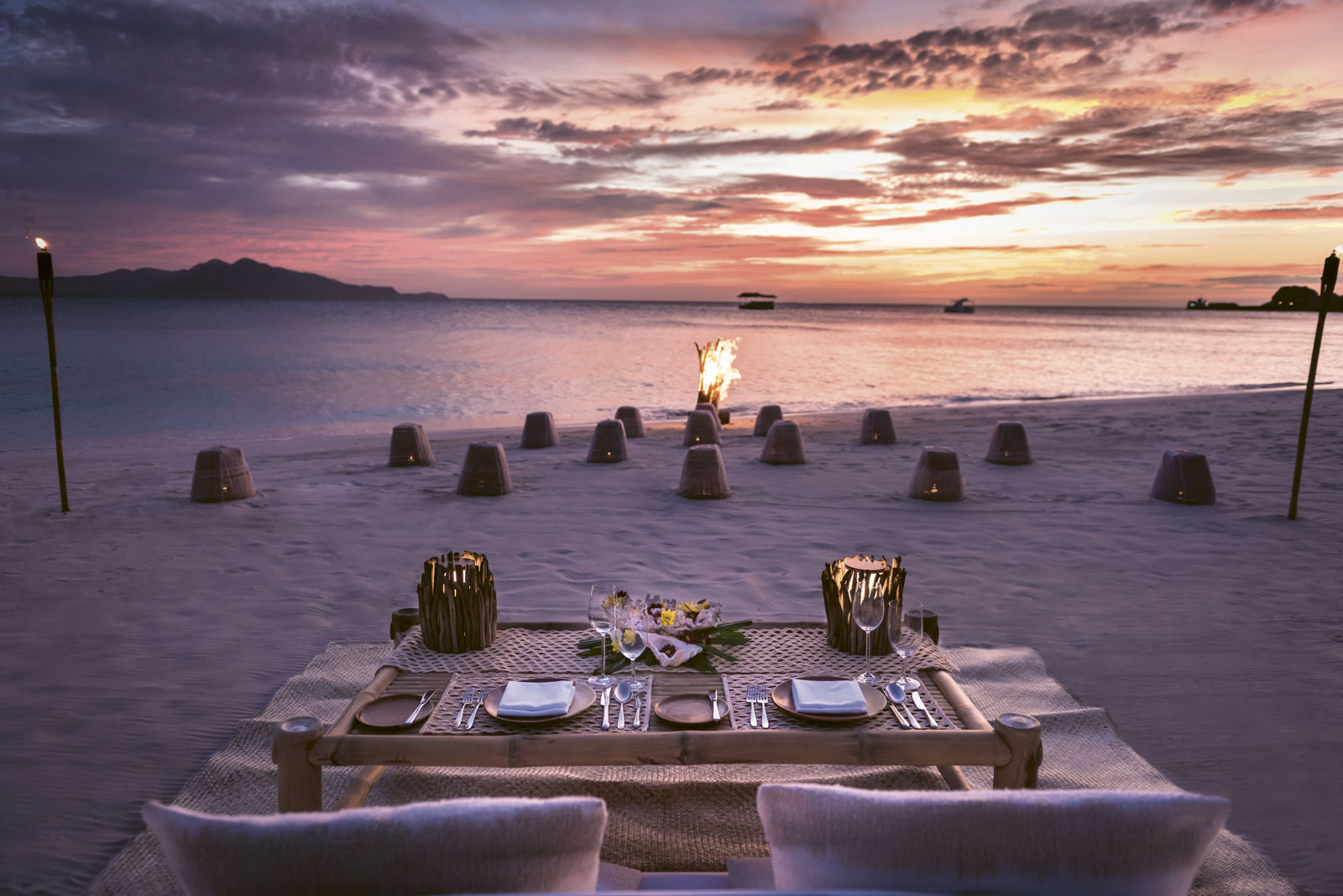
Among the planned improvements are upgraded rooms, an expanded beach club, two new spa pavilions and a beachside fitness centre. As well as the structural additions, the hotel is adding to its staff with the hiring of a resident nutritionist and a full-time Pilates, yoga and Reiki practitioner, plus specialists in other fields such as herbalists and butterfly experts.
Just as important as what they are adding, however, is what they are retaining. For a hotel at which 40 percent of guests are returning visitors, consistency of service and personalisation are crucial, and The Datai is at pains to hold onto its staff, many of whom have been working at the resort for years. In particular, the resort would be a poorer place without resident naturalist Irshad Mobarak, who has been there since the beginning. Charming, funny and with an encyclopaedic knowledge of the eclectic local flora and fauna, he brings every detail of the ancient ecosystem to vivid life with the infectious enthusiasm of a Southeast Asian David Attenborough – something he will soon be doing at The Datai’s new purpose-built nature centre.
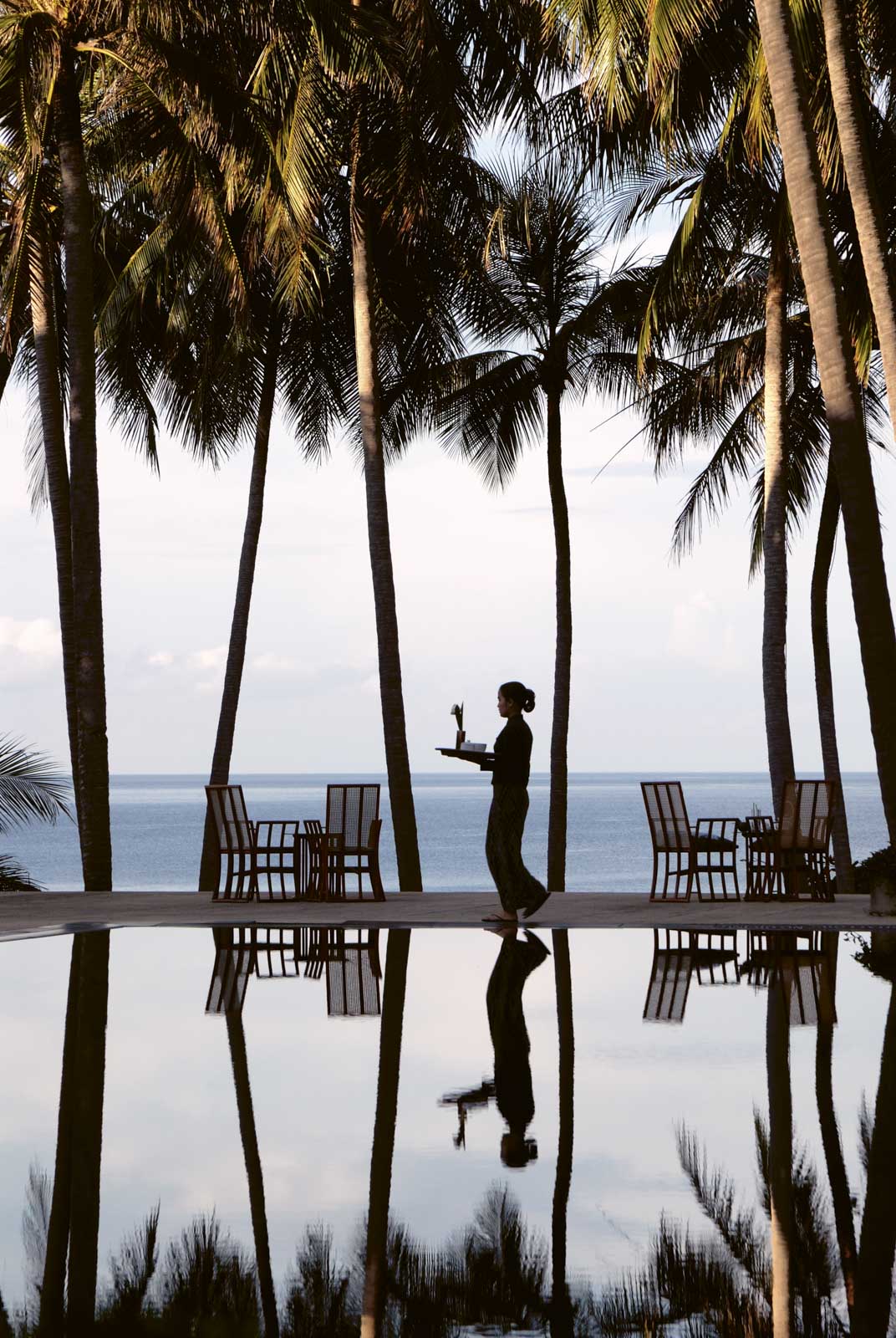
The Datai, of course, is not alone among those early Asian luxury resort pioneers in upgrading its facilities to meet the expectations of the modern high-end traveller. At Aman, which now boasts 31 properties around the world, continuing to enhance the initial resorts is as much of a priority as building new ones. ‘At all our resorts around the world, a huge focus is placed on continually updating and refreshing our offering, be it in the public areas or in the rooms and suites,’ says Roland Fasel, COO of Aman Resorts. ‘At Amanpuri for example, the resort closes for one month each year, in order for us to carry out works and perform routine maintenance without causing disturbance to guests. At Amanpulo last year, all 42 casitas were redecorated with natural timber ceilings, upgraded in-room technology and new bathrooms. In addition, swimming pools were added to two of the treetop casitas, creating a brand new experience and room category.’
Fasel also points out that, when it came to launching Nama – a new signature restaurant concept that is set to become a feature at Aman resorts around the world – earlier this year, the choice for the inaugural outpost was clear: Amanpuri, where it all began.
Paradise, it seems, is a never-ending work in progress.



